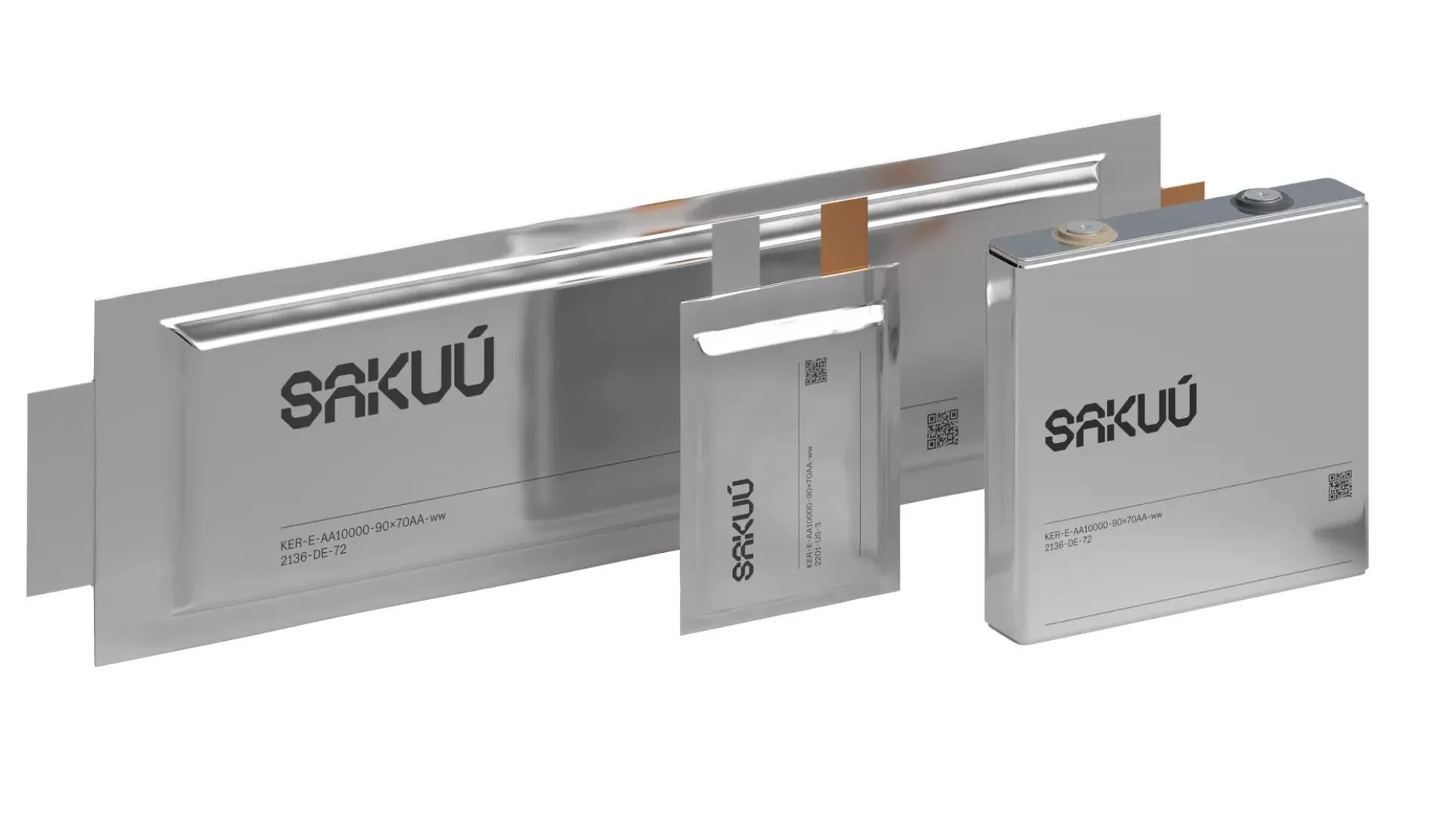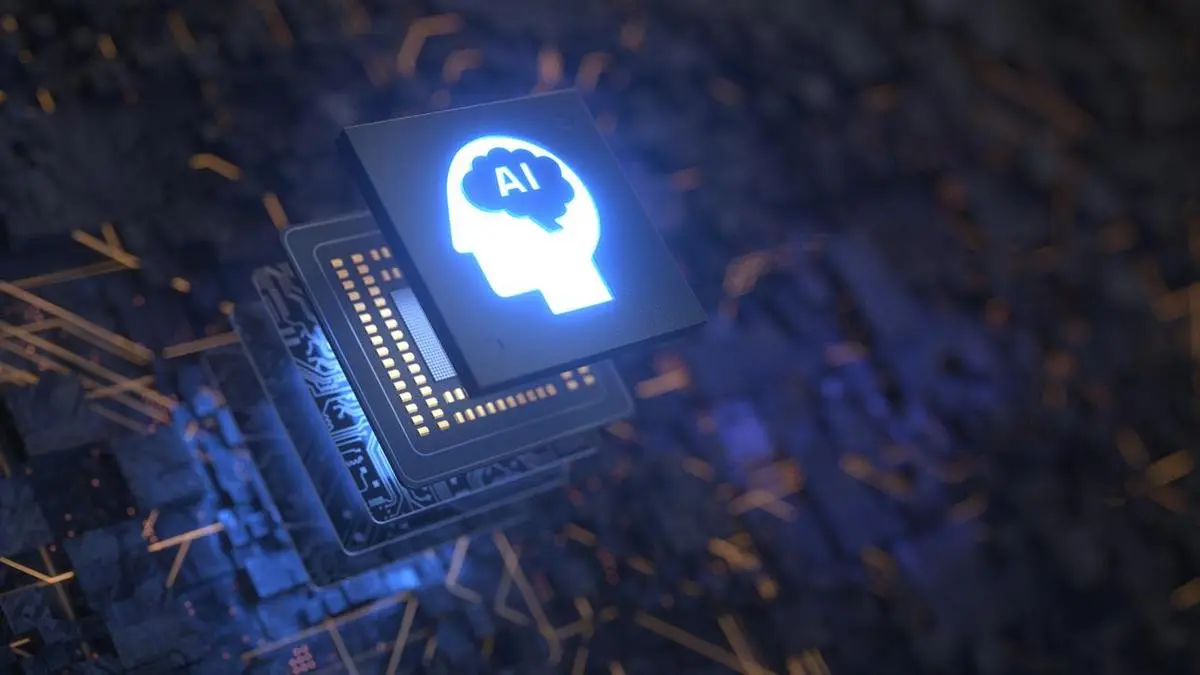Copyright Interesting Engineering

US-based Sakuu, a provider of battery manufacturing equipment, has released performance data showing its Kavian platform can produce battery electrodes with breakthrough cycle life longevity using a fully dry processed cathode. The company announced that a test cell manufactured using its Kavian dry-printing process retained 83% of its charge after 4,000 cycles. Sakuu described this as an unprecedented milestone in battery viability for a fully dry process, placing its capabilities at the forefront of commercial lithium-ion batteries used in electric vehicles (EVs) and mass energy storage. This performance data is significant as it effectively doubles the minimum standard for EV viability. “For comparison, a typical NCM battery cell should cycle more than 2000 times while retaining at least 80 percent state of health for minimum EV viability,” said Sakuu in a press release. Myth-busting achievement “We’re so proud of the performance of Kavian-manufactured battery electrodes,” said Robert Bagheri, Sakuu founder, CEO, and executive chairman. “Our extensive testing confirms that Kavian’s dry manufacturing process can be reliably trusted to deliver a product that will meet or exceed the capabilities of current wet processes.” Bagheri called the achievement “myth-busting,” noting it dispels doubts about the suitability of using a dry process for printing Li-ion battery electrodes. He added that customers have reported that other manufacturers experimenting with dry processes often struggle to achieve satisfactory results, particularly with the cathode. Addressing foundational challenges The Li-ion validation cell producing the dramatic performance was a 1Ah cell with a graphite anode and a fully dry printed NCM811 cathode, cycled at 1C/1C. Sakuu noted the results were achieved without any new materials or process optimization. The Kavian platform’s dry process innovation addresses foundational challenges in traditional battery manufacturing, which relies on a “wet-coated” process. Compared to this conventional method, Sakuu claims its dry-process production offers significant environmental and cost benefits. These include the 100% elimination of toxic solvents and water, a 55% reduction in CO2 emissions, a 60% smaller manufacturing footprint, and a 30% saving in utility operating costs. Supporting both anode and cathode production For context, Kavian is a flexible and reliable 3D printing technology that integrates seamlessly with existing electro-chemistries, supporting both anode and cathode production. Besides, Kavian dry-prints electrodes in a variety of chemistries, and allows for rapid innovation while reducing waste and avoiding toxins. In addition to battery electrodes, the Kavian platform is also capable of dry printing supercapacitor electrodes. “Kavian is not only the world’s first additive manufacturing solution to dry print battery electrodes; it also dry prints supercapacitor electrodes to meet the unique power needs of AI data centers where demand is surging,” highlighted the company. The company is currently working to fulfill the first orders for Kavian and has already delivered hundreds of meters of high-quality dry electrode to customers. Earlier, Sakuu had joined hands with International Battery Company (IBC) to use the Kavian platform for dry-process production of current and next-generation battery and supercapacitor solutions.



